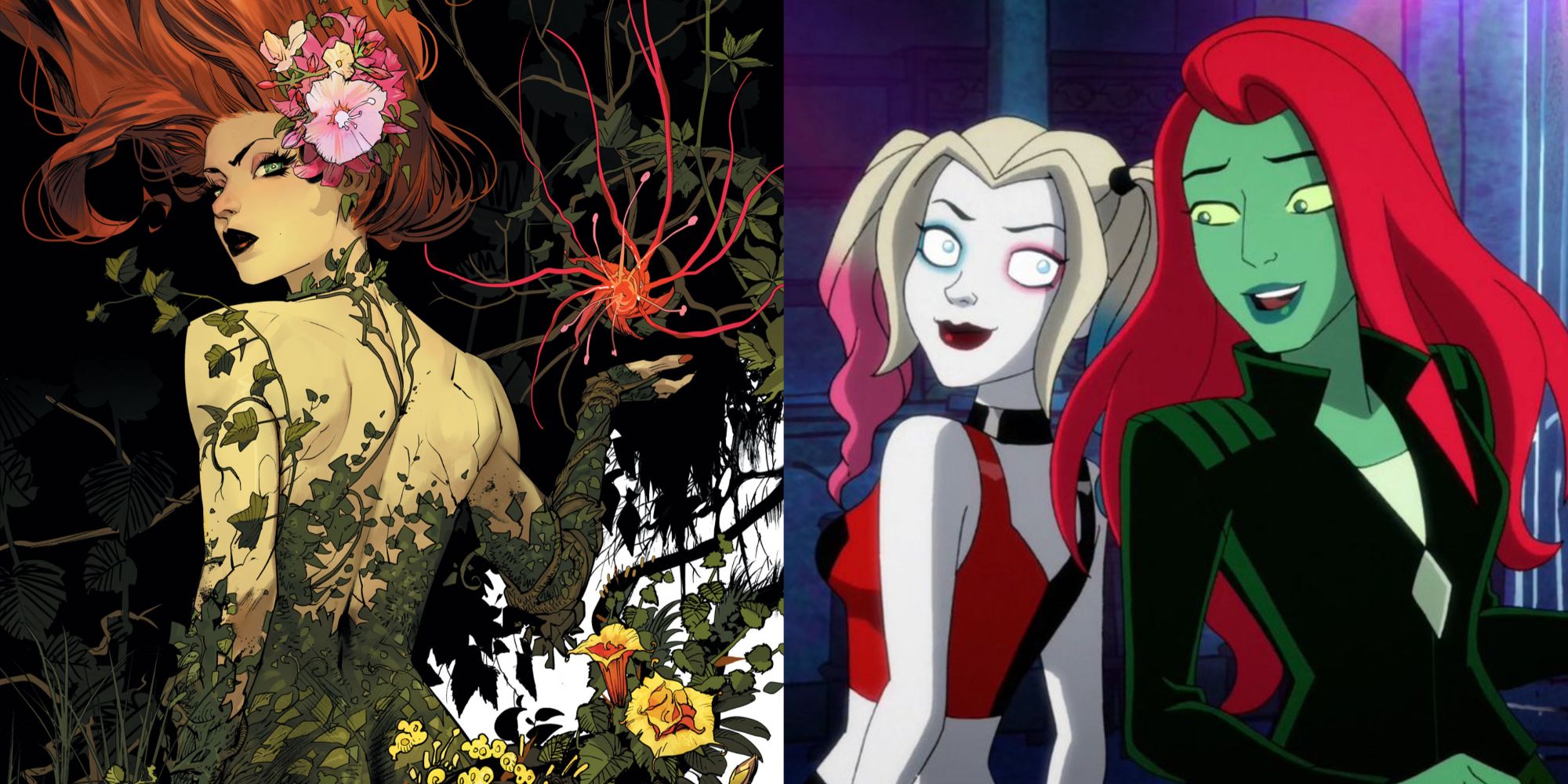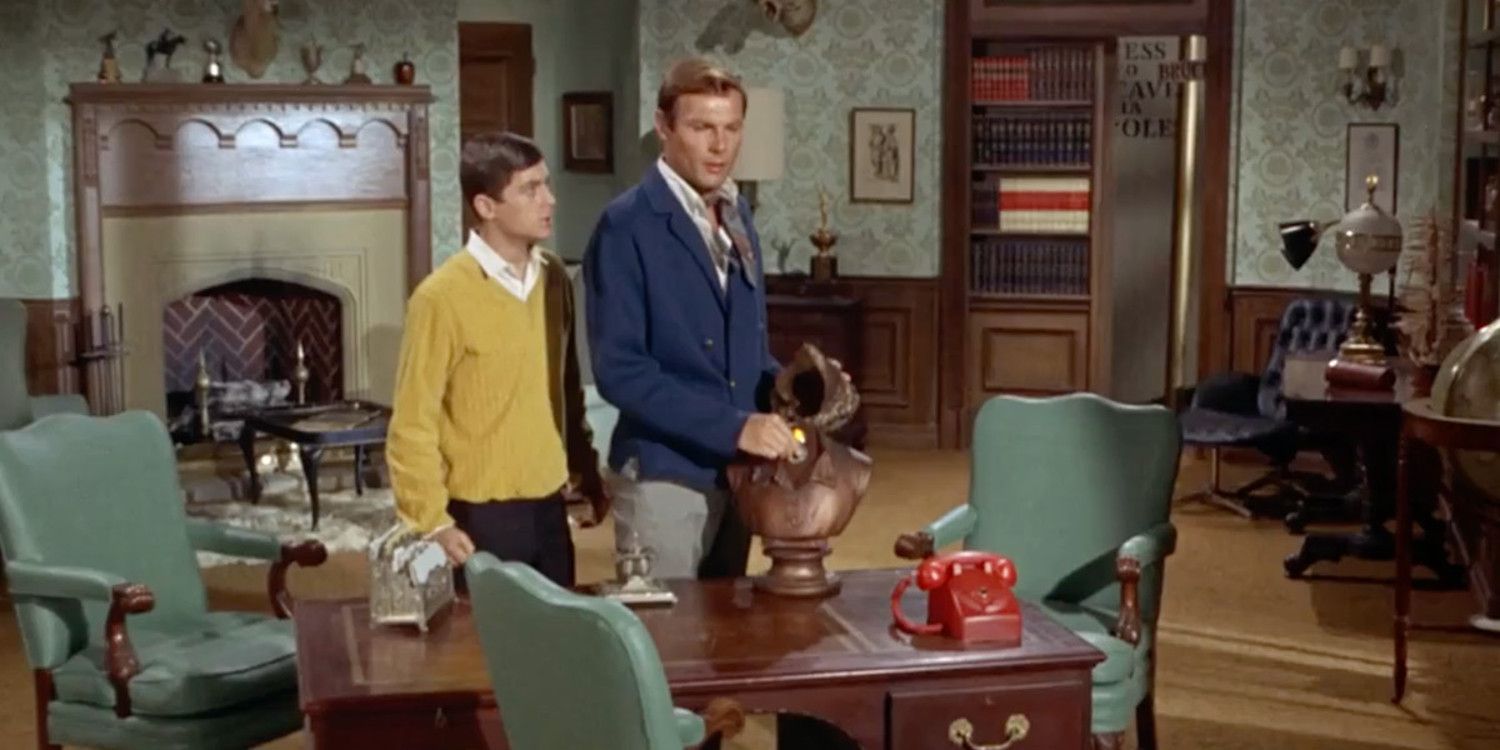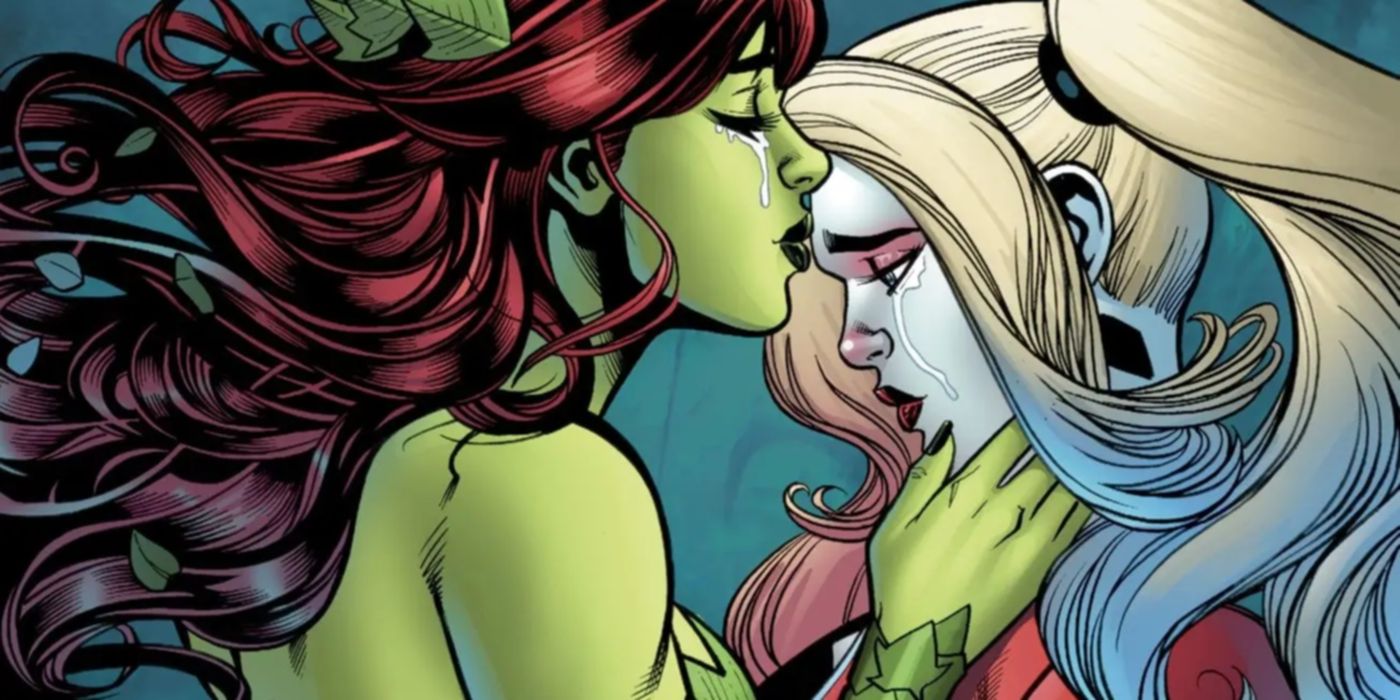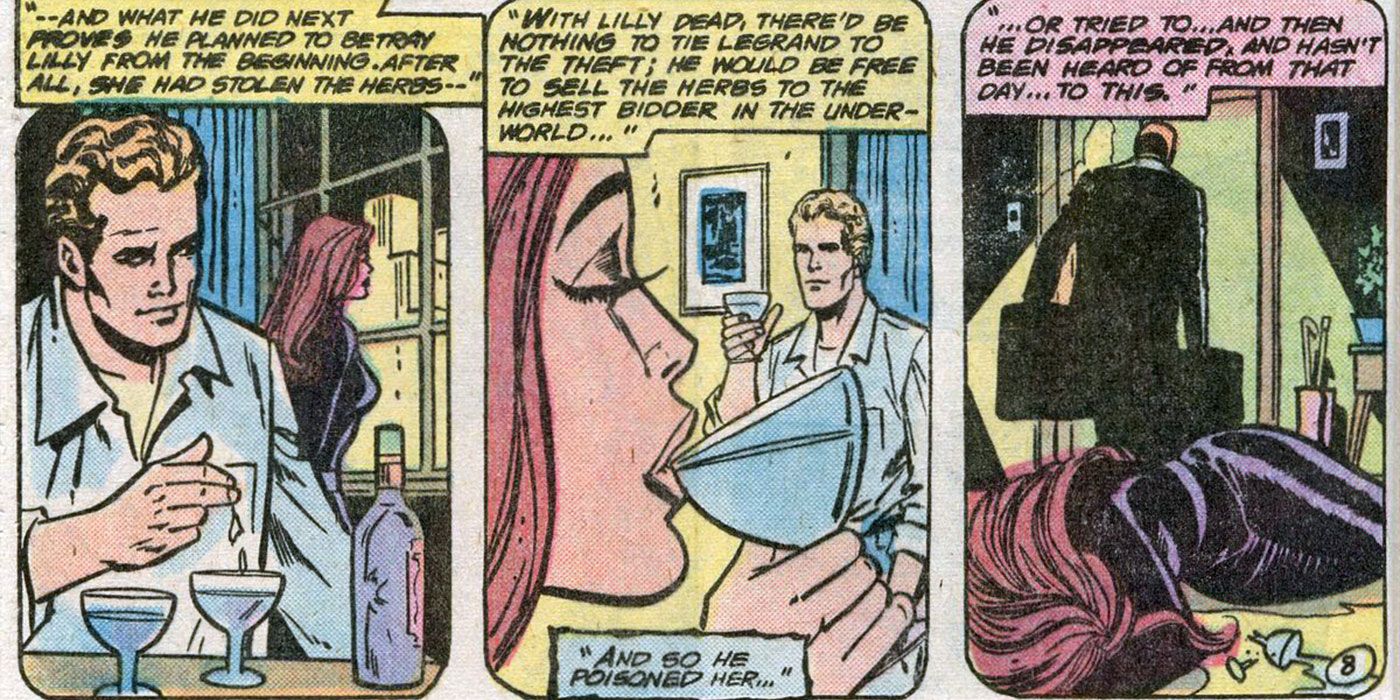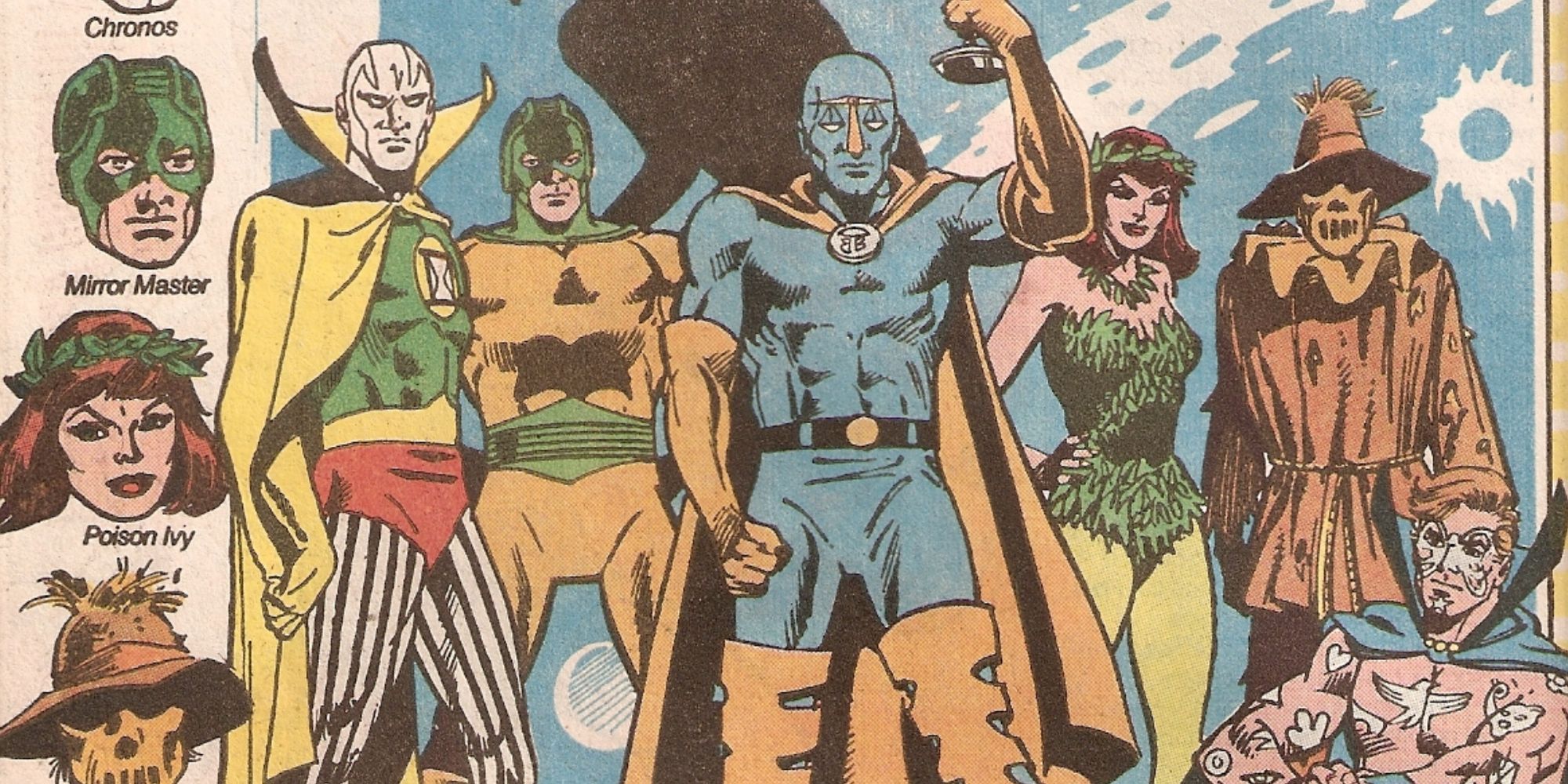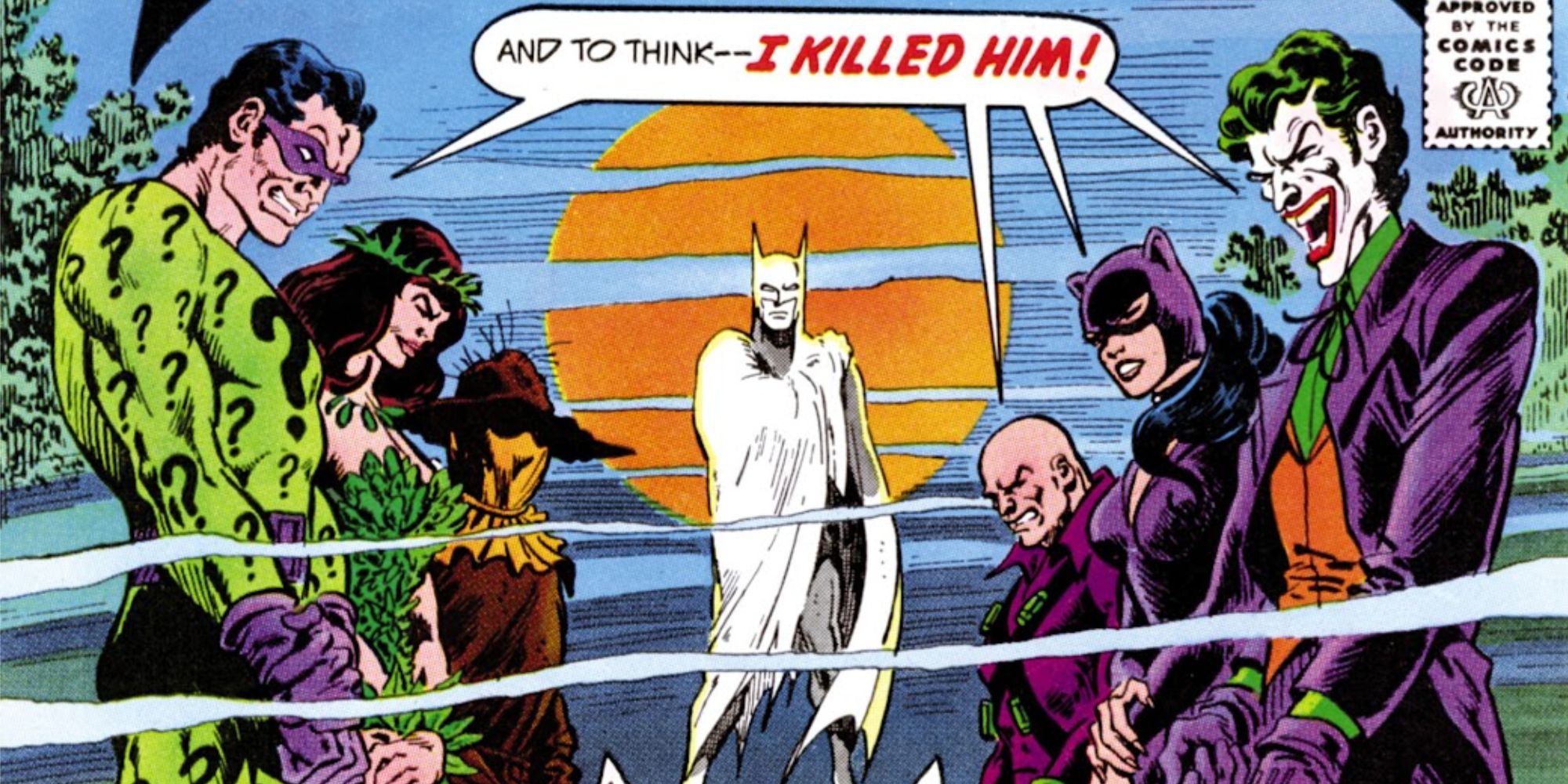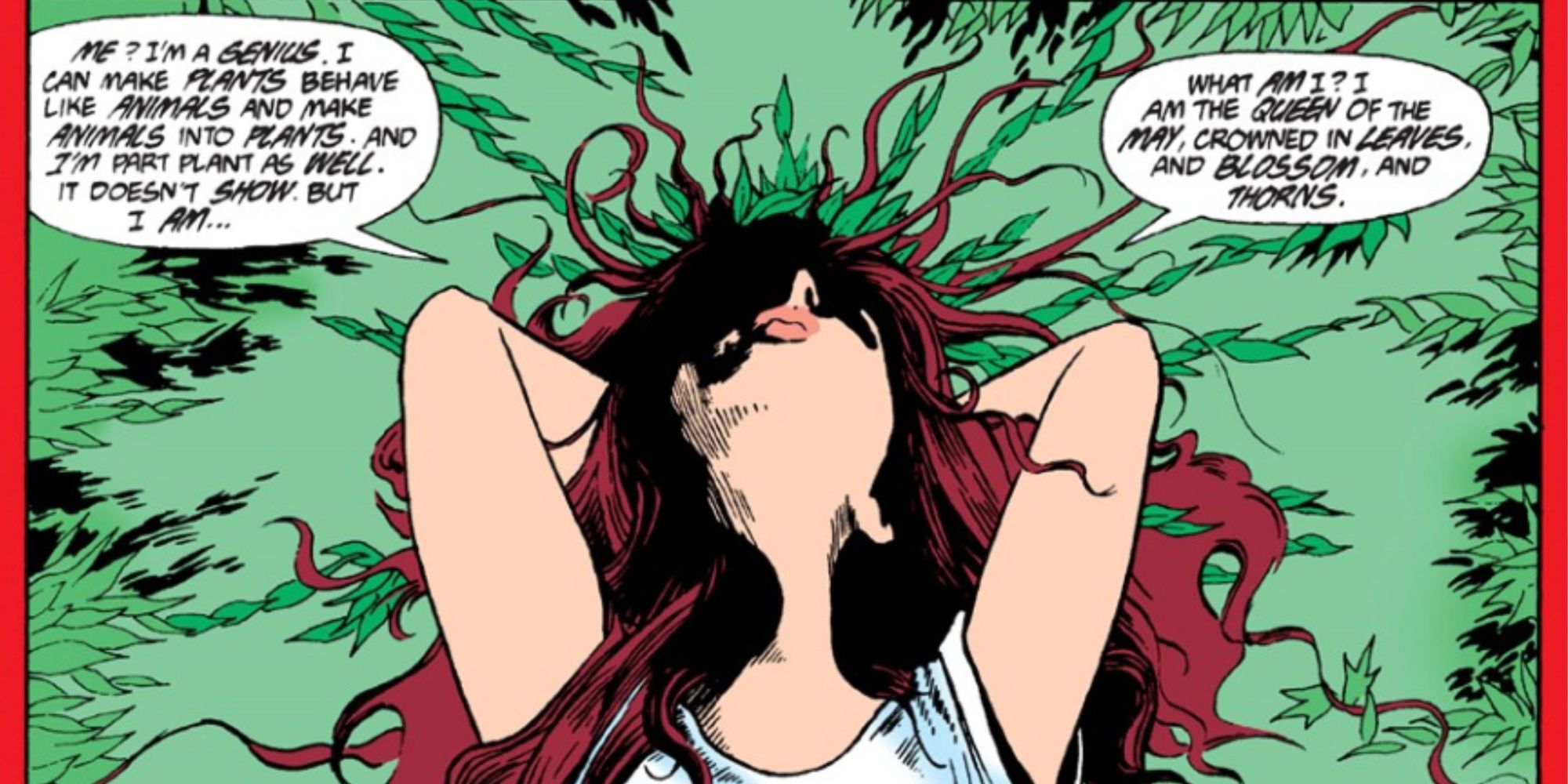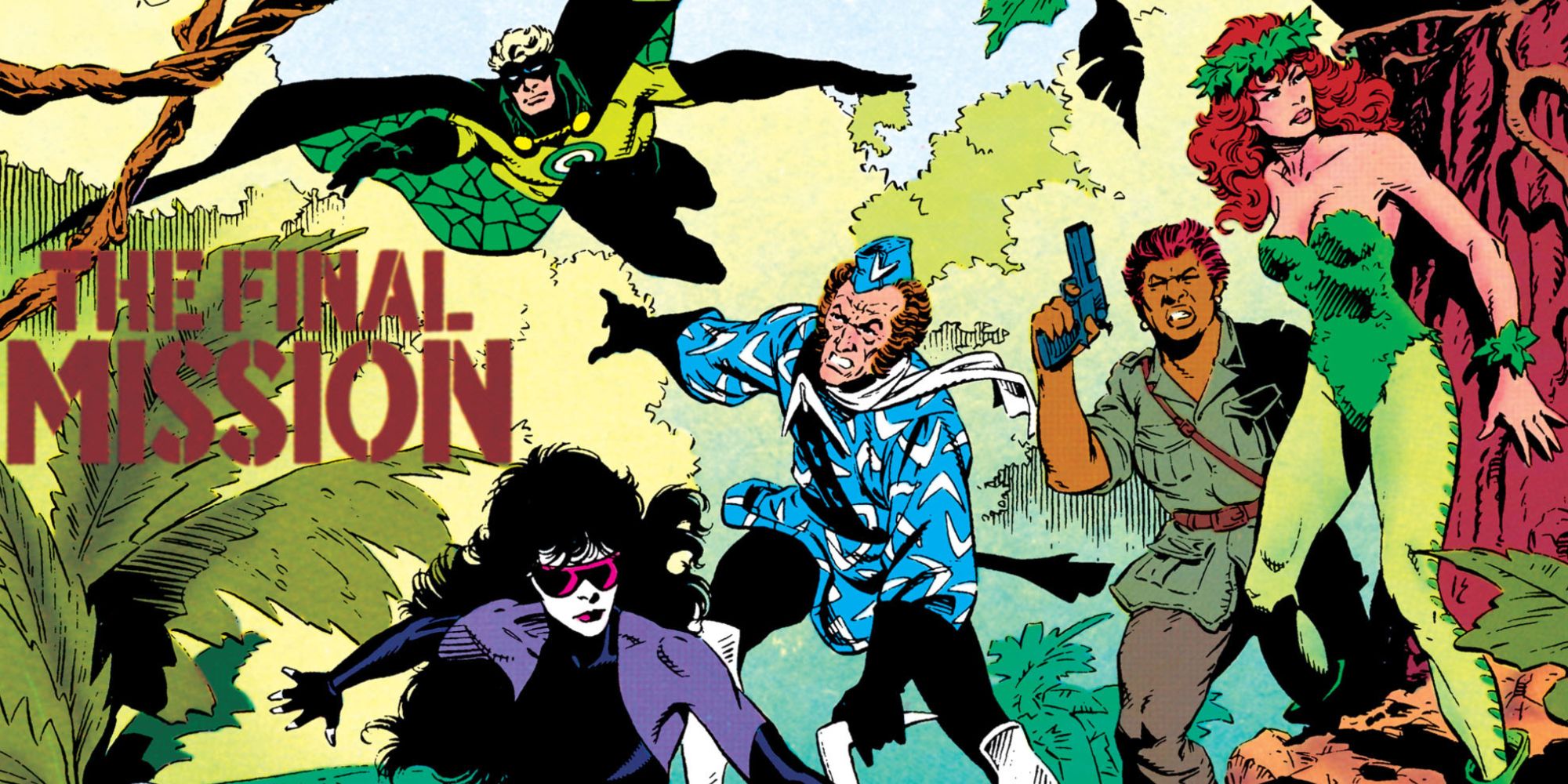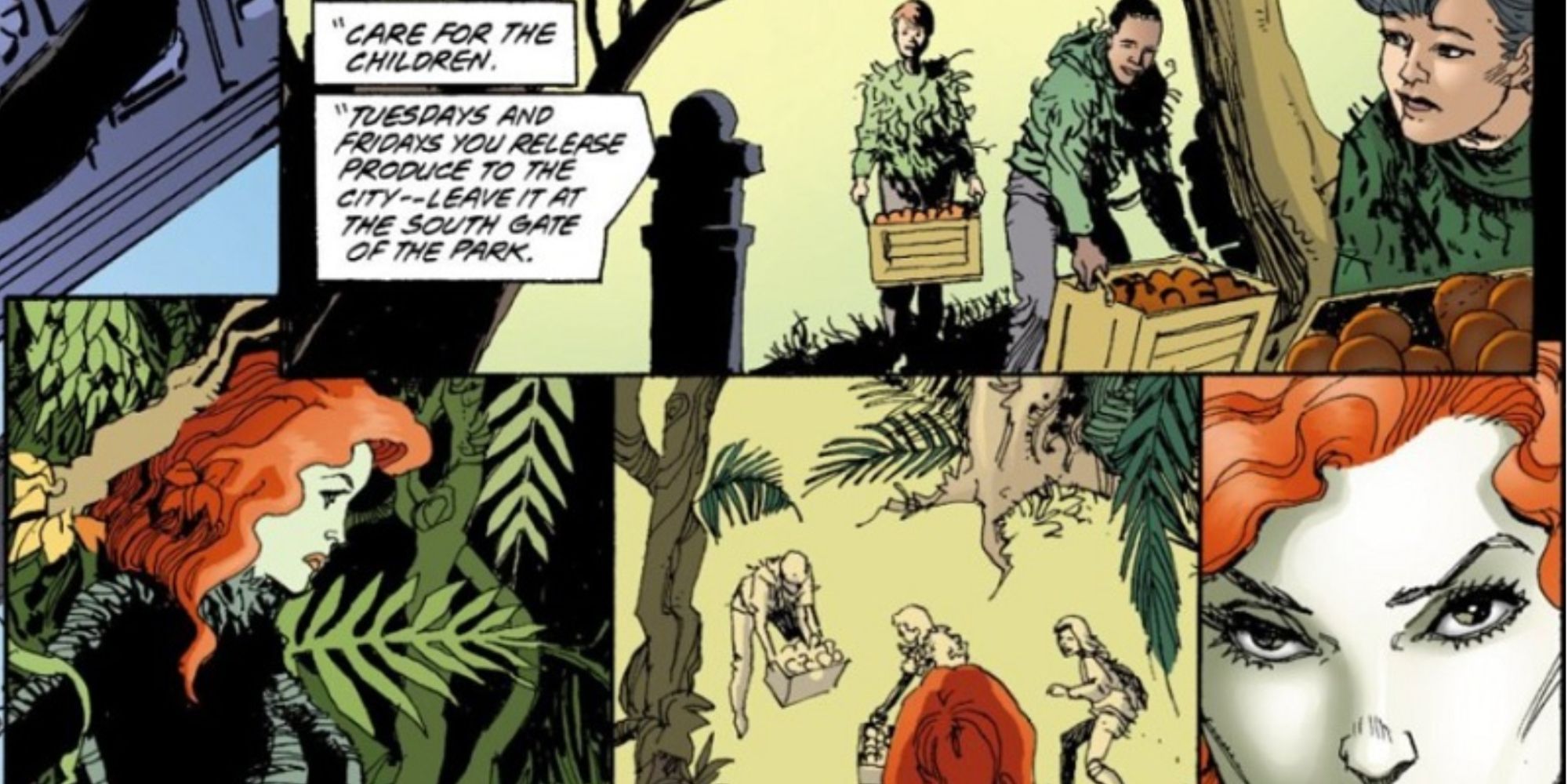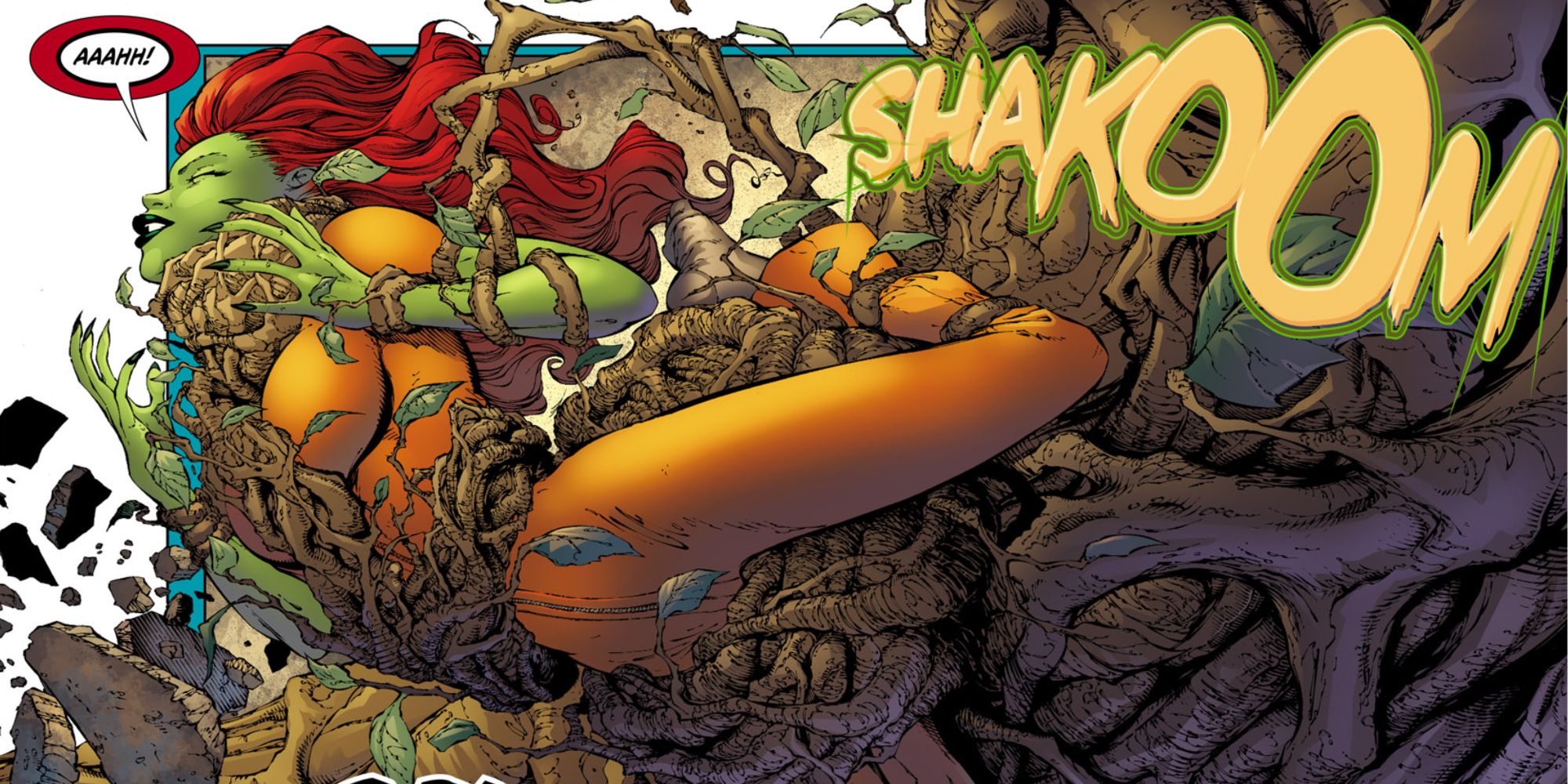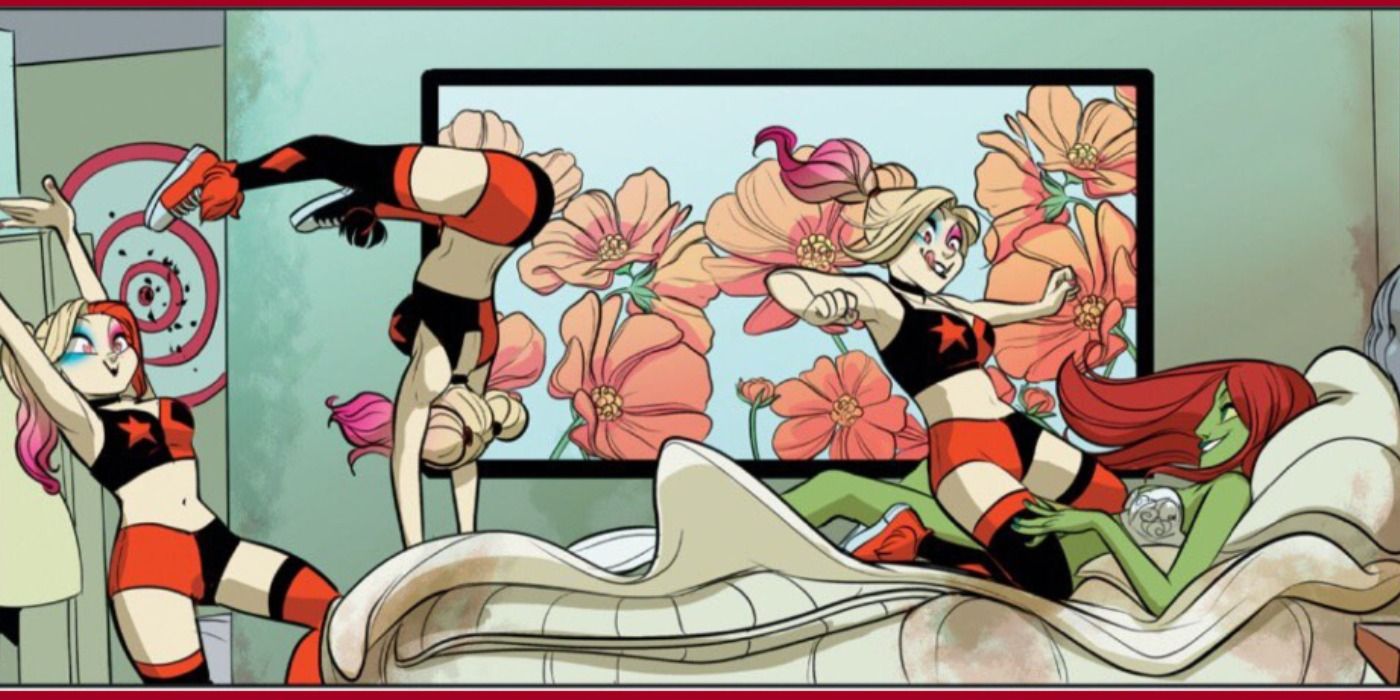The HBO Max animated series Harley Quinn provides a showcase for Harley's relationship with Poison Ivy, which has transformed both in profound ways. Poison Ivy started off in the Silver Age of Comics as a major Batman villain, if a somewhat simplistic one. Her growth in modern comics led her to become a fascinating, complex character in every medium.
Ivy's evolution begins in the late 1980s with major updates to her origin and continues into the present thanks in part to her close ties to Harley. DC Comics fans know there is much more to the character than the simple villainess often portrayed in live-action and many unique facets of her to explore for when she eventually debuts in the DCEU.
She Exists Because Of The 1966 Batman Series
DC Comics know Poison Ivy first appeared in Batman #181 in 1966. An interview with her co-creator Carmine Infantino revealed that her existence owes a debt to the 1966 Batman live-action series. Catwoman's popularity in the series led to a desire for more female villains in the comics, including the Silver Fox.
Infantino, among the best Batman artists ever, created Ivy along with writer Robert Kanigher, who contributed to many DC Comics over the years, including The Flash and Wonder Woman.
Kills With A Kiss
Ivy instantly emerged as one of Batman's most powerful villains, in part due to her ability to control plants and people with her pheromones. In the Bronze Age, her powers expanded significantly. She kills people simply by touching them, thanks to the overwhelming toxins in her blood, and she often administers this ability through a kiss.
Her deadly touch isolates Ivy, which was later reinforced by shifting her backstory to make her more distant and misanthropic. Recent comics and other depictions in media relax this somewhat, mostly a consequence of Harley's influence on her.
Shifting Origins
Ivy's origins shift in ways big and small as DC Comics continuity changes over time. Her original backstory established that she had been a botanist (named Lillian Rose and not Pamela Isley) whose mentor and lover betrayed her. He uses stolen ancient Egyptian herbs to poison her and try to kill her, but it transformed her into Poison Ivy instead.
After Crisis On Infinite Earths, her origin changed again. Subsequent retellings made her The Floronic Man's victim, a powerful Swamp Thing villain who plays a key role in the best Swamp Thing comic book issues ever.
The Injustice Gang
So far in other media, Ivy's signature aloofness keeps her from too many team-ups. DC Comics fans know she joined The Injustice Gang early in her career. She teamed up with Libra, Chronos, Mirror Master, Scarecrow, Shadow Thief, and the Tattooed Man in Justice League of America #111.
The team fought the Justice League on several occasions in the 1970s before ultimately disbanding. Later versions formed with different members, and without Poison Ivy on the roster.
Who Killed Batman?
Ivy participates in a fun story from the comics that has yet to really make it into other media. She claims to have killed Batman along with several other prominent Batman villains including The Joker. She then joins in a mock trial organized by the villains to determine who actually killed Batman, who had gone missing.
Where Were You on the Night Batman Was Killed? easily counts among the best Batman comic book storylines, running between Batman #291-294. Ivy sits on the jury in the story and escapes when Batman arrives and reveals he initiated the entire scheme to trap the Joker.
The Green
"Pavane," from Secret Origins #36, recontextualizes her backstory to include Dr. Jason Woodrue, The Floronic Man. This story, courtesy Neil Gaiman, the creator of the landmark Sandman series, foreshadowed her eventual connection to The Green, the metaphysical energy source that created Swamp Thing.
The Green represents the collective consciousness of plants across the universe and Ivy draws as much power from it, perhaps more, than Swamp Thing. Her connection to it proves more fitful though, as seen in recent comics as well as in Harley Quinn's third season.
The Suicide Squad
Poison Ivy shares a connection to the Suicide Squad through Harley, but DC Comics fans know she actually served on the team. She joined an early iteration in the late 1980s, serving alongside Captain Boomerang and others on many missions. Her tenure lasted for years, between issues #33-66 of the original volume.
That makes her absence from the team in live-action curious, especially with Harley's inclusion, but perhaps future takes on the squad in live-action or animation include her.
No Man's Land
Poison Ivy's evolution from a somewhat standard villain begins in earnest in No Man's Land, a major 1990s Batman storyline. After a powerful earthquake devastates Gotham, Ivy takes control of Robinson Park. Rather than simply seek power as other villains do, she protects numerous orphaned children who shelter in the park.
She also grows and distributes food to Gotham citizens. This earns the gratitude and grudging respect of Batman, leading to a shifting dynamic in their relationship in later comics.
Harvest
Ivy possesses extraordinary power and ability, but sometimes her powers get the best of her. DC Comics fans know her worst tendencies manifested in Harvest, a frightening vine monster that achieved consciousness after she fed people to it. Though she killed people she considered villains, it resulted in even worse consequences.
The Ivy in the new HBO Max animated series exhibits similar tendencies and similar challenges with controlling her power in some ways, increasing the chances something like Harvest could appear in the series.
The Eat. Bang! Kill. Tour
The Harley Quinn animated series continues to explore Ivy as a character and the show spills over into the comics as well. Harley Quinn: The Animated Series - The Eat. Bang! Kill. Tour continues Harley and Ivy's romance in the comics, continuing the unique back and forth between the mediums in advancing their mutual character arcs.
Ivy's evolution from stock villain to complicated character continues here, as the comic adds on new layers the show introduced, deepening her connection to Ivy while also revealing her doubts and fears.

